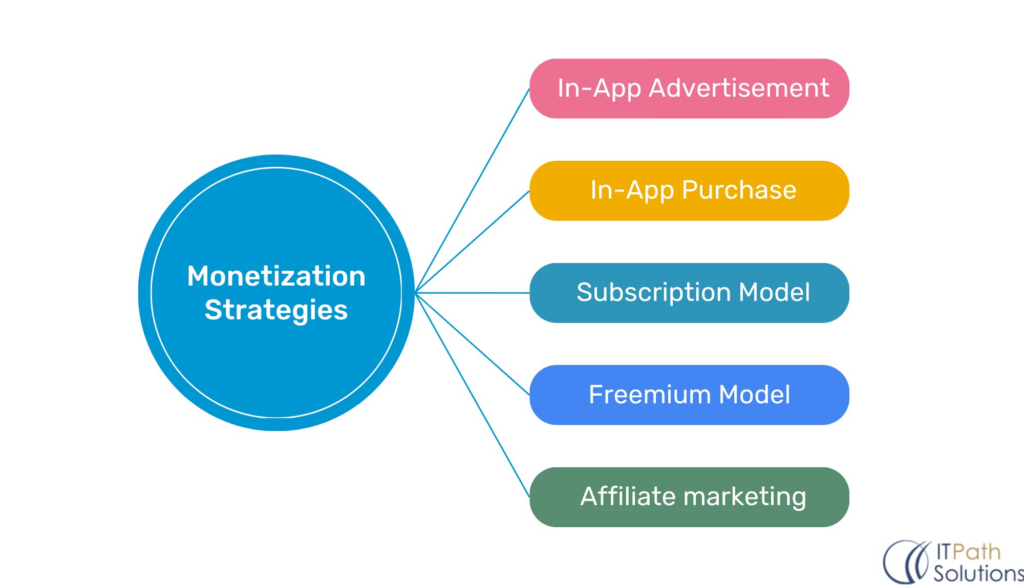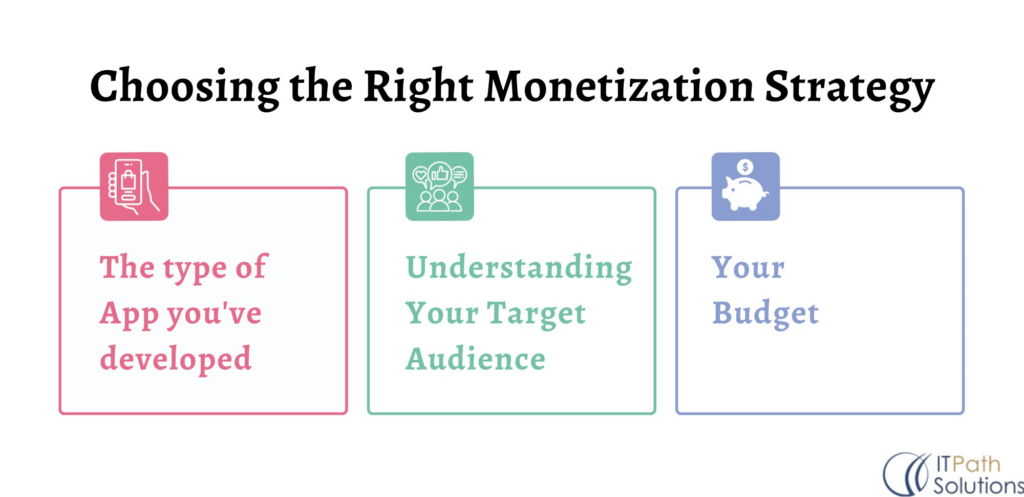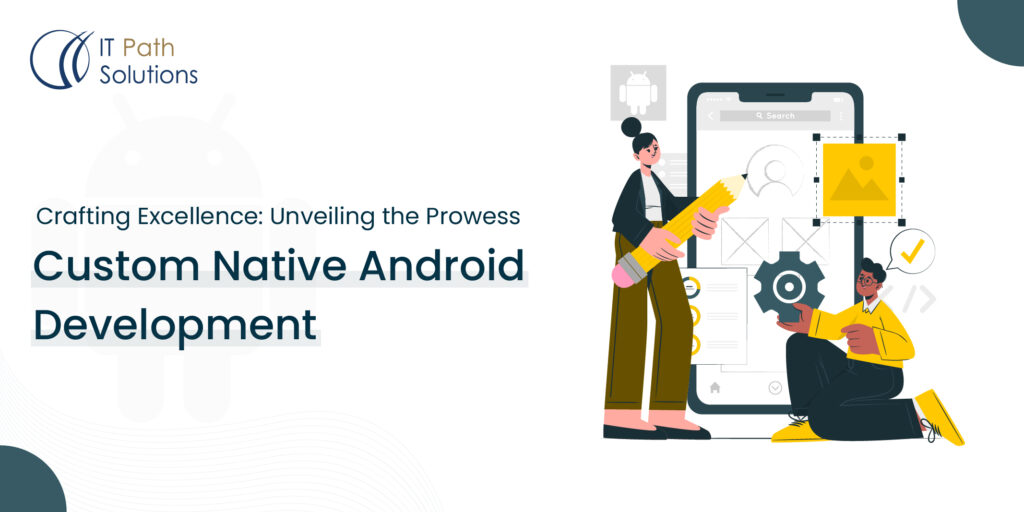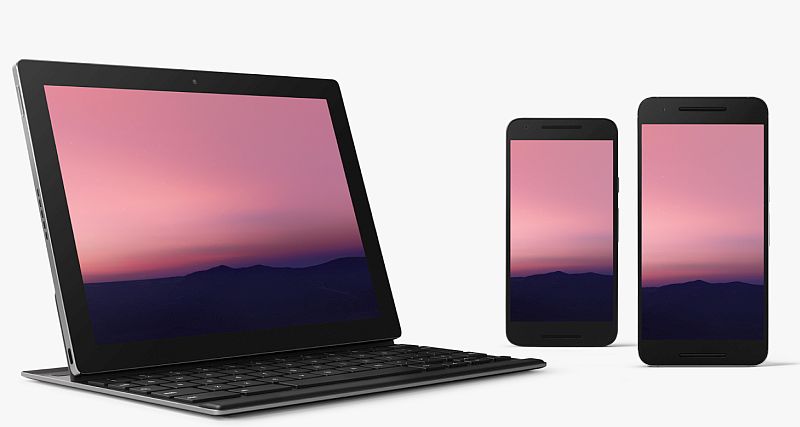Maximizing Revenue: A Comprehensive Guide to Android App Monetization
Android Development
In today’s mobile app landscape, creating a successful Android app is not just about building a great product; it’s also about finding effective ways to monetize it. Android app monetization is a vital aspect of app development that enables developers to generate revenue while providing value to users. In this blog post, we’re going to explore all sorts of ways you can make your Android app profitable without alienating your users.
The Importance of Android App Monetization
Monetization means turning your app into a source of income. It’s what helps you recover your android app development costs, fund ongoing updates, and, if all goes well, even make a profit. In a nutshell, it’s about ensuring the long-term health of your Android app.
Monetization Strategies
There are quite a few ways you can make money with your Android app. Let’s dive into some of the most popular and effective methods:

Fig-2 Monetization strategies
- In-app advertising:
In-app advertising is one of the easiest ways to monetize your Android app. You can add various types of ads, like banners, full-screen interstitials, and video ads, and get paid for each user interaction. Google AdMob and Facebook Audience Network are popular networks that make this easy.
- Banner Ads: These are the small ads at the top or bottom of the screen. They’re subtle and work well when you have lots of screen space.
- Interstitial Ads: Full-screen ads that pop up between different sections of your app, like after a user completes a game level or reads an article.
- Rewarded Video Ads: Here, users choose to watch a video ad in exchange for in-app rewards, like virtual coins, extra lives, or premium features.
- In-app purchases:
In-app purchases (IAPs) let you offer additional content, virtual items, or premium features for sale within your app. Users can enjoy the app for free, and if they like it, they can enhance their experience by buying stuff.
- Consumable Items: Things that users can buy and use multiple times, like in-game currency or power-ups.
- Non-consumable Items: Permanent things like ad removal, extra features, or exclusive content.
- Subscriptions: This is a recurring model where users pay regularly for premium access or content, ideal for apps that provide ongoing value.
- Freemium model:
The freemium model combines a free version of your app with premium content that users can buy. It’s a great way to let users try your app for free and then decide if they want to unlock more features.
- Subscription model:
This model offers premium content or features for a regular fee, usually monthly or annually. It’s great for apps that keep adding value over time, like streaming services, educational apps, or premium news content.
5. Affiliate marketing:
Working with other businesses or brands can be profitable. You can offer sponsored content, exclusive promotions, or co-branded experiences within your app. This can not only monetize your app but also boost its exposure.
Tips for Effective Monetization
To maximize your Android app’s earnings, here are some practical tips:

Fig-3 Tips for effective monetization
1. Know Your Audience:
Understanding your audience’s preferences and behavior is crucial for effective monetization. It helps tailor your strategy to fit their needs.
2. Mix and Match:
The most successful apps often use a mix of monetization methods. Experiment with different approaches to see what works best for your app and audience.
3. User Experience First:
Balancing monetization with user experience is vital. Avoid annoying ads and overly pushy sales tactics that could drive users away. A great user experience leads to better retention and higher revenue in the long run.
4. A/B Testing:
A/B testing is about comparing two versions of your app to see which performs better. It’s a fantastic way to fine-tune your monetization strategy.
5. Optimize Ad Placement:
If you’re using ads, be mindful of where you place them. Make sure they don’t disrupt the user experience. Native ads that blend seamlessly into your app’s design often perform better.
6. Keep Updating:
Frequent updates and improvements can keep users engaged and willing to spend money within your app. Providing ongoing value is key.
7. Use Analytics:
Use analytics tools to track user behavior, engagement, and revenue metrics. This data will help you make informed decisions about your monetization strategy.
8. Special Promotions:
Offer limited-time discounts, bundles, or special promotions to encourage users to make purchases. It creates a sense of urgency and boosts conversion rates.
9. Build a Strong Brand:
Establishing a strong brand for your app can lead to more loyal users who are willing to support your app financially. Consistency and excellent customer support make a difference.
10. Stay in the Know:
The mobile app industry is always evolving. Keep an eye on the latest trends, new monetization methods, and shifts in user preferences.
Choosing the Right Monetization Strategy for Your Android App
Selecting the ideal monetization strategy for your Android app is a critical decision that should be based on several key factors. These factors include:

Fig-4 Choosing right monetization strategy
The Type of App You’ve Developed:
The nature of your app plays a crucial role in determining the most suitable monetization strategy. Different types of apps lend themselves better to specific methods. For instance:
- In-App Purchases: This method is well-suited for games, as it allows players to buy virtual items or advantages to enhance their gaming experience.
- In-App Advertising: Advertising can work for a wide range of apps, especially those with substantial screen real estate for displaying ads, such as news apps or utility apps.
- Subscription Models: Content-based apps, like streaming services, news apps with premium content, or educational platforms, can benefit from subscription models.
- Freemium Models: Apps that offer both free and premium content or features, like productivity tools, can successfully implement the freemium model.
Understanding Your Target Audience:
Your choice of monetization strategy should align with the preferences and behaviors of your target audience. It’s important to consider factors such as the age group and tech-savviness of your users:
- In-App Purchases: While in-app purchases work well for many, they may not be suitable for apps targeting young children. Children are more likely to make accidental purchases, making alternative monetization methods a better choice.
- Ads: For apps aimed at a broad audience, advertising can be a practical choice. However, it’s essential to strike a balance between ads and user experience. Consider using less intrusive ad formats for a smoother user experience.
Your Budget:
Monetization strategies vary in terms of cost and resources required for implementation. Be mindful of your budget and resources:
- In-App Advertising: This method is often more cost-effective, as you can partner with ad networks to display ads within your app without significant upfront expenses.
- Developing Freemium Apps: Building and promoting freemium apps may require a more substantial investment, including creating premium content and marketing it effectively.
Case Studies: Successful Android App Monetization
To illustrate the effectiveness of different monetization strategies, let’s take a look at a few case studies of highly successful Android apps:
1. Spotify
Monetization Strategy: Freemium Model (In-App Advertising and In-App Purchases)
Overview: Spotify, a renowned music streaming app, offers a freemium model. Users can enjoy music for free with occasional ads, or they can subscribe to a premium plan to remove ads and access exclusive features, including offline listening and higher audio quality.
Revenue: Spotify generates over $10 billion (avg.) in revenue per year, and the majority of this revenue comes from subscriptions. The app’s balance between free and premium tiers has proved highly effective in attracting a broad user base while monetizing a substantial portion.
2. Clash of Clans
Monetization Strategy: In-App Purchases and In-App Advertising
Overview: Clash of Clans, a popular mobile strategy game, uses a dual monetization approach. Players can purchase in-game currency or gems to expedite their progress, unlock new items, and enhance their gameplay. Additionally, in-app ads are displayed at various points within the game.
Revenue: Clash of Clans generates over $1 billion (avg.) in revenue annually. Its combination of in-app purchases and advertising allows players to choose their level of investment, making it accessible to a broad user base while maximizing revenue.
3. Candy Crush Saga
Monetization Strategy: Freemium Model and In-App Purchases
Overview: Candy Crush Saga, a highly addictive mobile puzzle game, adopts a freemium model. Players can enjoy the game for free but have the option to purchase in-game currency to acquire power-ups or extra lives, helping them advance more quickly.
Revenue: Candy Crush Saga also generates over $1 billion (avg.) in annual revenue. Its simple yet engaging gameplay combined with in-app purchases has proven to be a lucrative strategy, as it allows players to choose whether and how much they wish to spend.
4. Netflix
Monetization Strategy: Subscription Model
Overview: Netflix, a leading video streaming app, relies on a subscription-based monetization model. Users pay a monthly fee to access a vast library of movies and TV shows, including exclusive content produced by Netflix.
Revenue: Netflix is one of the largest players in the streaming industry, with a revenue exceeding $25 billion (avg.) in recent years. The subscription model has allowed Netflix to continually invest in original content, attract a global user base, and remain at the forefront of the streaming market.
5. TikTok
Monetization Strategy: In-App Advertising and Virtual Gifts
Overview: TikTok, a short-form video app, primarily monetizes through in-app advertising. Advertisers pay to display their content to TikTok’s massive user base. Additionally, TikTok offers the purchase of virtual gifts that users can send to content creators as a form of support and recognition.
Revenue: TikTok has experienced rapid growth and generates substantial revenue, with estimates surpassing $5 billion (avg.). Its success showcases the potential of in-app advertising, especially in apps with a large and engaged user community.
Conclusion
Monetizing your Android app is crucial for its long-term success. By choosing the right monetization strategy, understanding your audience, and offering a great user experience, you can increase your app’s revenue while providing value to your users. Regularly analyze your app’s performance and adapt your monetization strategy to stay competitive and profitable in the ever-changing world of Android app development.
 Healthcare
Healthcare  Education
Education  Real Estate
Real Estate  Logistic
Logistic  Fitness
Fitness  Tourism
Tourism  Travel
Travel  Banking
Banking  Media
Media  E-commerce
E-commerce 



